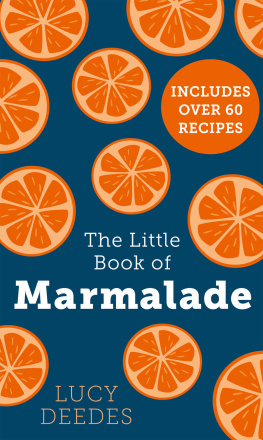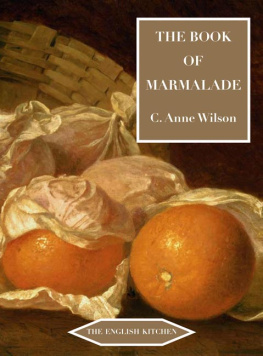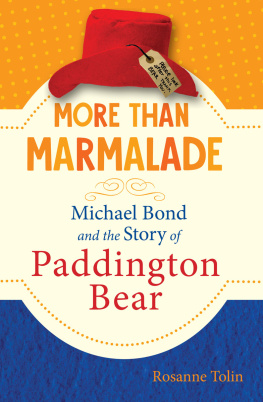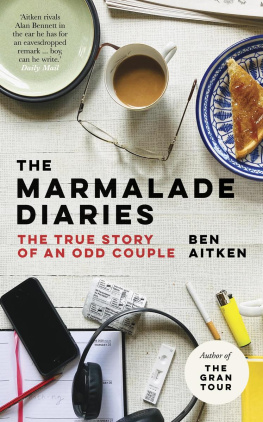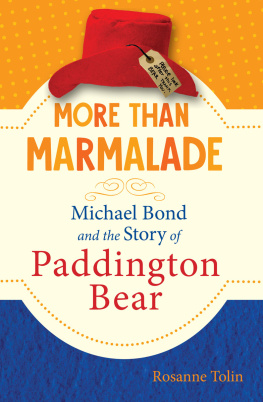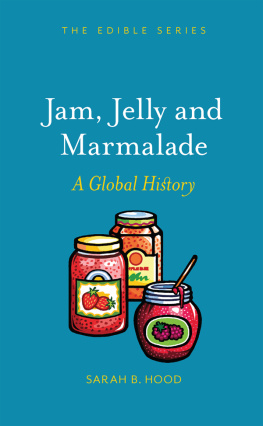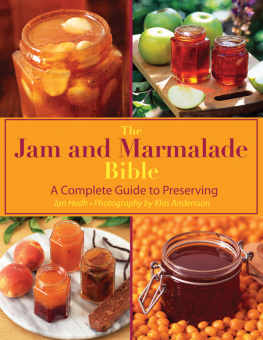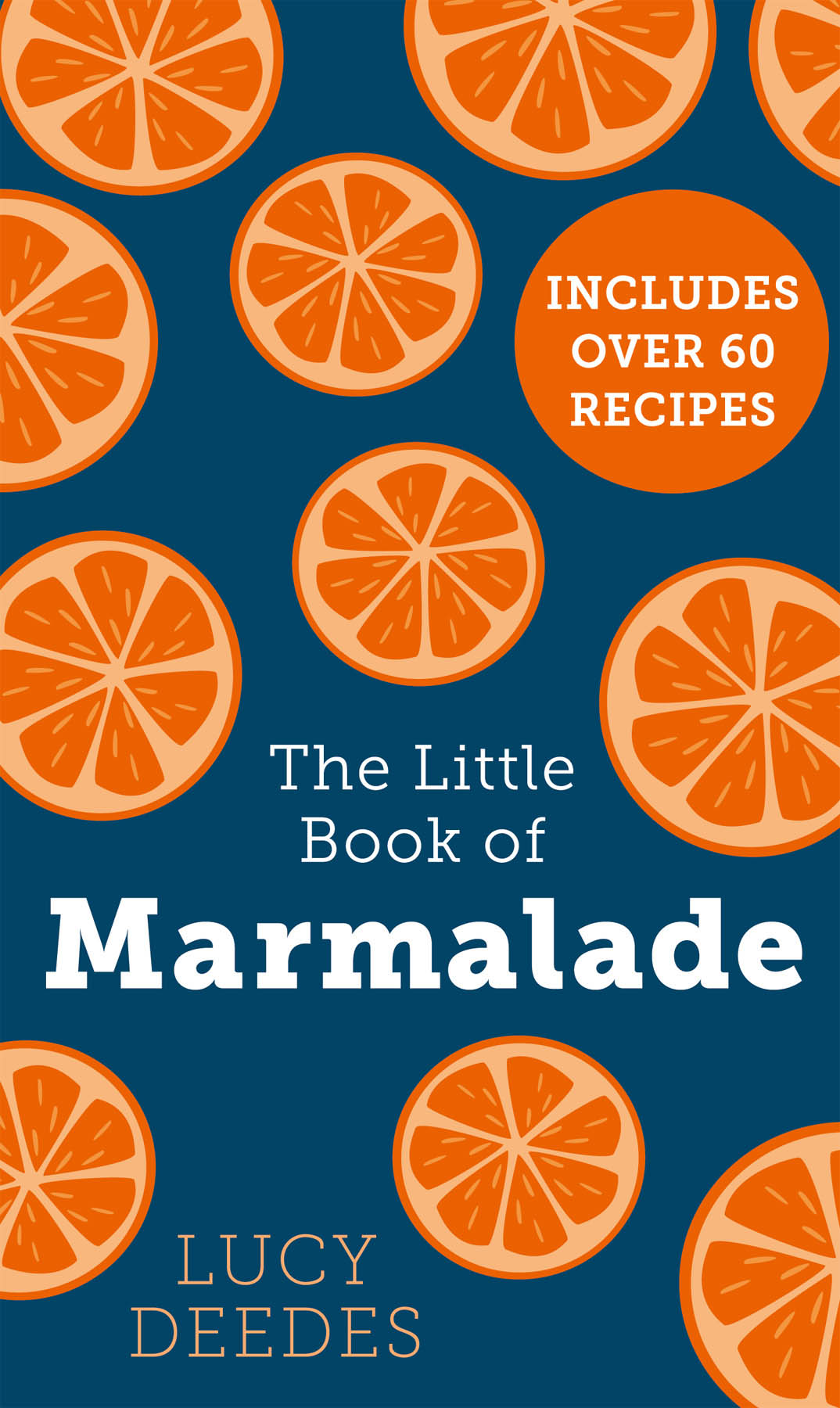HQ
An imprint of HarperCollinsPublishers Ltd
1 London Bridge Street
London SE1 9GF
First published in Great Britain by HQ
An imprint of HarperCollinsPublishers Ltd 2020
Copyright Lucy Deedes 2020
Illustrations Alenka Karabanova /Shutterstock
Book Design: Steve Wells
Lucy Deedes asserts the moral right to be identified as the author of this work. A catalogue record for this book is available from the British Library.
Hardback ISBN: 9780008378455
eBook ISBN: 9780008378462
All rights reserved. No part of this publication may be reproduced, stored in a retrieval system, or transmitted, in any form or by any means, electronic, mechanical, photocopying, recording or otherwise, without the prior permission of the publishers.
This ebook contains the following accessibility features which, if supported by your device, can be accessed via your ereader/accessibility settings:
- Change of font size and line height
- Change of background and font colours
- Change of font
- Change justification
- Text to speech
- Page numbers taken from the following print edition: ISBN 9780008378455



L ike many of us, I learned to cook by helping my mother, or rather by sitting on the dented lid of the Aga reading aloud to her while she worked. The kitchen was the warmest place to be and there were plums and bullaces to be bottled, bread to be made and butter to be churned. Orphaned lambs snuggled up to the stove and the Jack Russell terriers mooched about picking up crumbs. When Seville oranges arrived in the shops for those few weeks in January, my mother usually froze them whole so that she could make marmalade later on when she had time. There was too much to do in those short winter days when the sheep were lambing, the ponies were in stables and the Jersey cows trough was freezing over. I dont think she actively taught me to cook but I must have absorbed something in between the pages of The Code of the Woosters.
Marmalade was historically and should still be regarded as a luxury food. It was made from expensive imported items and treated with all the reverence it deserves. It has been with us for hundreds of years in one form or another as a Portuguese sweetmeat, an after-dinner digestif, as a rich quince slab to be cut into squares like Turkish delight, an aphrodisiac before it turned into the most famous breakfast ingredient ever. And it has been a breakfast necessity for over 200 years for everyone from the Queen (who reputedly has Tiptree Orange Marmalade on her white breakfast toast) to James Bond; every well-run household from the reign of Queen Victoria onwards has made sure the larder was well-stocked with homemade marmalade.
We all know the sort of marmalade we like just as we know how we like our coffee. Some people like a clear jelly, with just a few wafers of peel hanging like seahorses in the jar; some a firm orange mixture with no extras. Some refuse to touch it unless its a dark, raffish paste, boiled down almost to toffee with a passing suggestion of booze about it.
Part of the appeal of marmalade is its mysterious marriage between sweet and bitter; finding that balance is certainly what makes it so rewarding to make and also why it gives such a kick to almost anything to which you add it.
Some regular marmalade makers stick to the tried-and-tested Grandmothers Recipe: The Receipt Book, a precious document with sticky pages, fearing that if they go off-piste and introduce an exotic new ingredient it will all go terribly wrong.
Embarking on marmalade-making for the first time can be unnerving, but it is not difficult: it is after all a combination of just three ingredients: citrus fruit, sugar and water. Having said that, there are important steps to follow and it can occasionally surprise you and refuse to cooperate. Even now, I find that sometimes the rolling, hissing boil doesnt happen. (What! No rolling boil?) It skips that bit, as a joke. Or you would swear it was ready, but then it wont set in the jars. (Relax, leave it overnight.)
I had a few years of ill health when much was out of my control, and that was when I started to appreciate how soothing it is to make marmalade, how very satisfying to produce something good to look at and good to eat, which almost everyone is delighted to receive as a present. Perhaps there was a subconscious vote of confidence for the future in preserving fruit and storing it for later; I didnt know T.E. Lawrences Happiness is a by-product of absorption then, but there is a sense of peace and contentment that descends when you have an absorbing physical task to do. Homemade marmalade is slow, not fast food, and it takes a bit of concentration, but the results are worth the effort.
You may want to make enough in January to last you for the whole year; or you might prefer to make a few jars here and there, throughout the year, using a handful of frozen oranges or experimenting with other citrus fruit like limes and grapefruit, and adding herbs, like thyme or rosemary in the summer, lavender flowers or ginger in July. Cloves and warming spices are delicious in a pre-Christmas batch. I personally think that the exciting sharpness of marmalade is at its very best when the marmalade is fresh, but however long you keep it before you eat it, the most gratifying thing is that every jar you make will be uniquely your own.
The recipes in this book are my own, handed down from my mother and many generous and accomplished cooks, as well as borrowed favourites from friends. Theyve been tried and tested over the years, and tinkered with along the way to suit more modern tastes. Methods vary slightly from one recipe to another, but isnt that the beauty of home cooking? I hope you enjoy making marmalade whatever the season, and that you find your favourite among the many in this special collection.
A FEW CLUES
- Buy organic, unwaxed citrus fruit if you can because you are eating the whole fruit, and non-organic fruit will have been well doused with sprays. Ask your greengrocer. Discard any dodgy-looking or bruised fruit.
- Use fresh or frozen oranges. Seville oranges freeze brilliantly, but freezing does weaken the pectin over time so its a good idea to add fresh citrus fruit lemons, grapefruit, limes when youre cooking with frozen oranges.
- Use granulated or caster sugar, or soft dark sugar for a more deeply coloured marmalade (or try preserving sugar as I do; it gives the clearest appearance). Use brown sugar only if you want a darker, stickier marmalade.
- Make sure your jars and lids are sparkling clean (see for how to sterilise).
- Add water to about 2.3 times the weight of whole fruit, but less for a darker, stickier marmalade more like 1.5 to 1 (1.5 litres of water to 1kg fruit).
- Work to the ratio of 4:3 cooked pulp to sugar, and 2:1 for dark, bitter marmalade as it contains treacle (otherwise it would be far too sweet), but by all means go for 1:1 should you wish. Play with the levels if you want less or more sugar.

